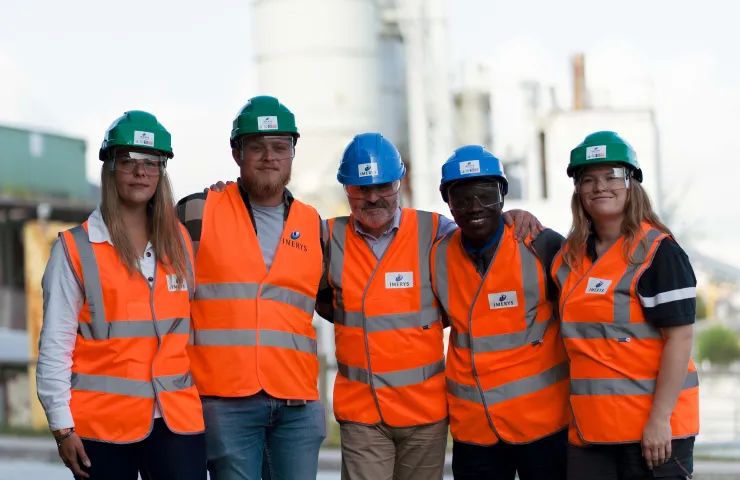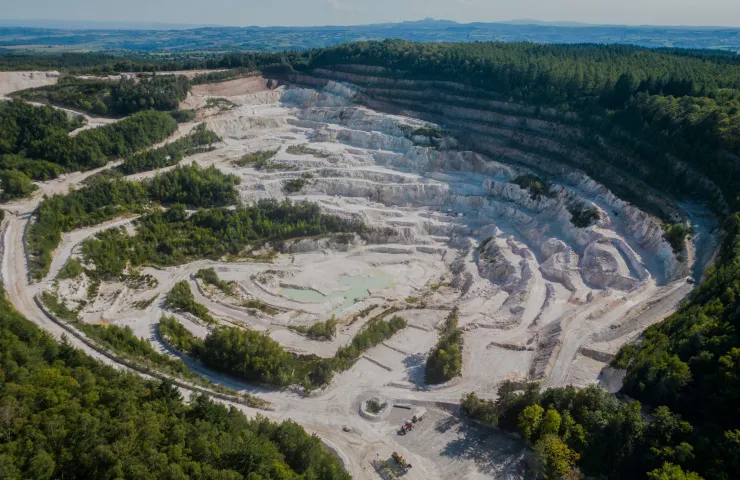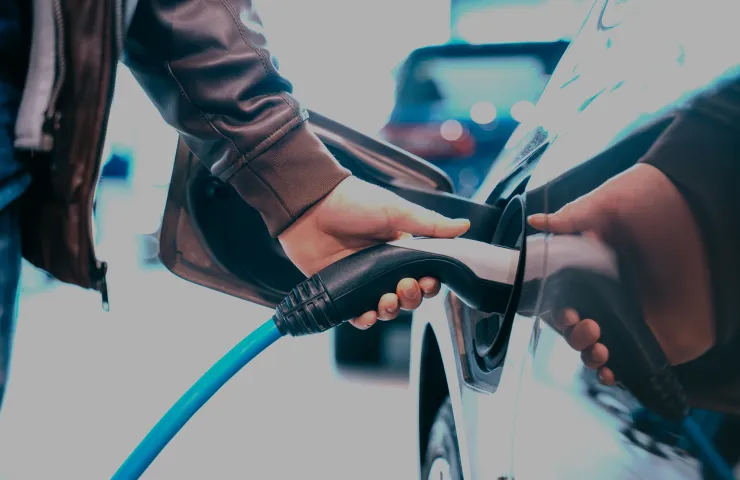Misconception n°4
The risk of fire is very high with batteries

Not true!
Although there is no such thing as zero risk, various studies have shown that the risk of fire is lower with electric vehicles than with combustion engines. According to the National Transportation Safety Board, there are far fewer fires in electric vehicles than in combustion vehicles with comparable fleets. The Swedish Civil Protection Agency (MSB) makes the same observation in Sweden, as does EV FireSafe in Australia. Battery fires are more visible, mainly because of the spread of information on social networks (which can sometimes be unreliable), so they are very rare.
Misconception n°3
Lithium batteries cannot be recycled
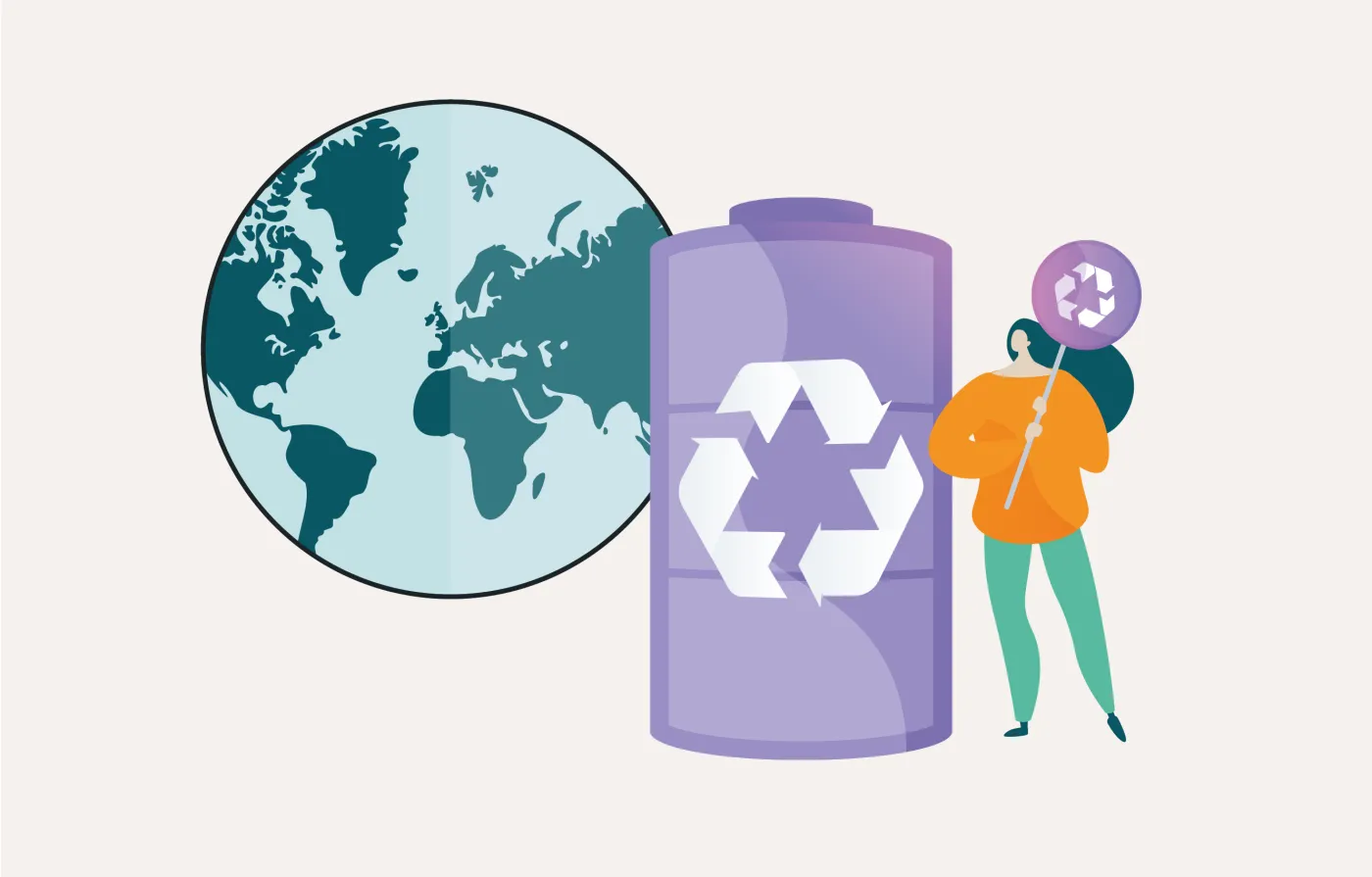
Not true!
The question of how to recycle batteries at the end of their life is often raised. However, technical solutions are gradually being developed, whether for recovering and reincorporating metals into new batteries (today it is estimated that between 50% and 80% of a battery's metals can be recycled), or for reconditioning batteries to extend their life. There is no doubt that the widespread use of electric vehicles will be accompanied by new recycling players in the future.
Misconception n°2
Electric cars are no longer being sold

Not true!
Although the automotive sector is experiencing difficulties in Europe, electric cars are still a viable option if the sector is to make a success of the energy transition, particularly in view of the fact that sales of new vehicles powered by internal combustion engines will cease from 2035. In October, sales in Europe remained stable at 14.4% (13.9% since the start of 2024). Even though 100% electric cars are being penalised by legislative fluctuations in the area of purchase subsidies, they are now a fixture in manufacturers' catalogues. Renault 5, Renault 4, Citroën e-C3... many small models will be launched in 2025 by manufacturers, particularly French ones.
Misconception n°1
Noise, dust… A mine causes nuisances that are impossible to control
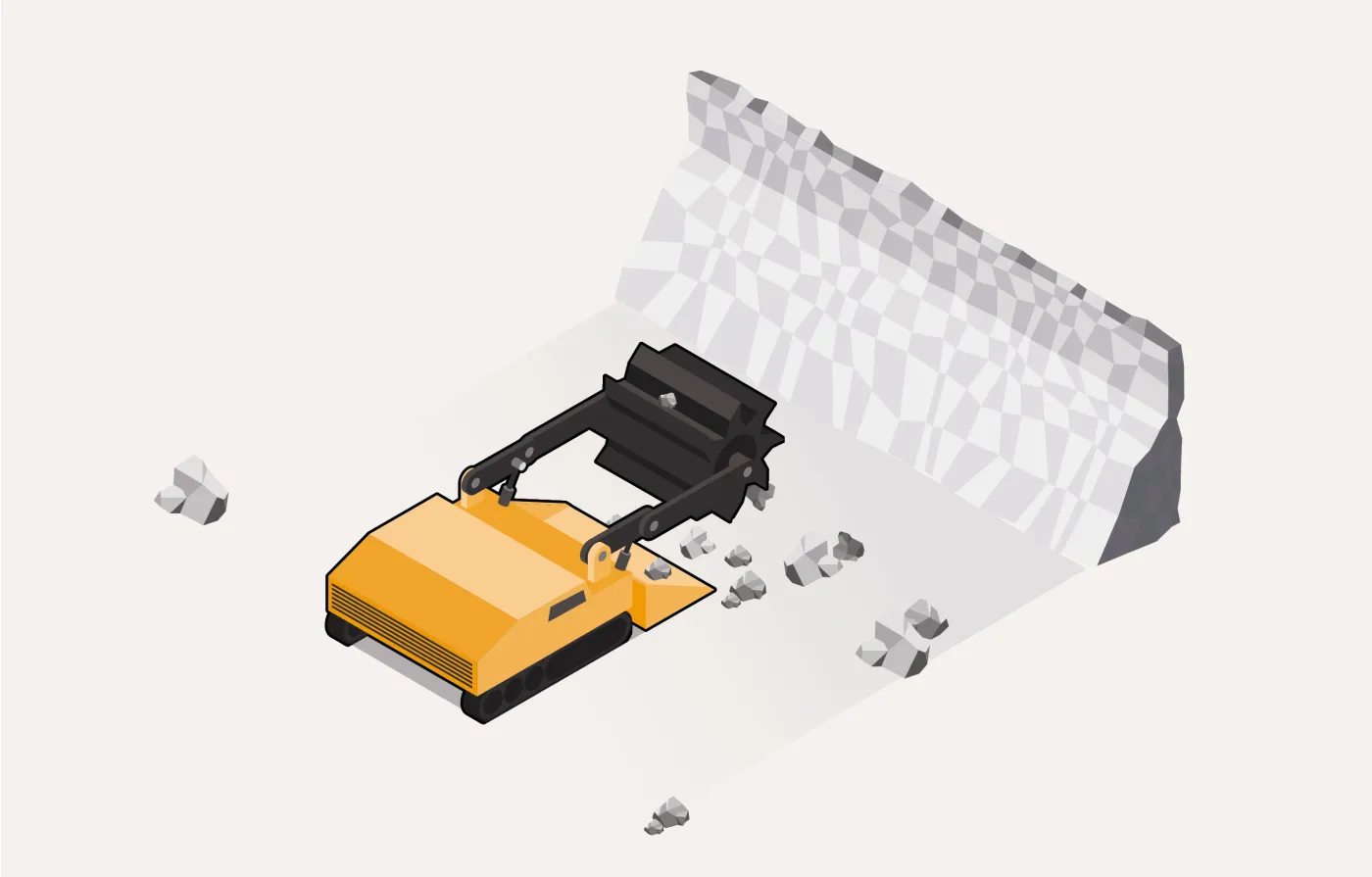
Not true !
Because they can disrupt the quality of life of local residents and systems and local systems, these impacts have been taken into account in the EMILI project. Imerys opted for an underground mine to limit surface nuisances. Other technical solutions aim to minimise the environmental footprint mining activity and its impact on the environment, such as reducing water use of chemicals, reducing noise and mitigating the impact of mining on the environment. reducing noise and mitigating the impact on the landscape.

